#vintage paleoart
Text


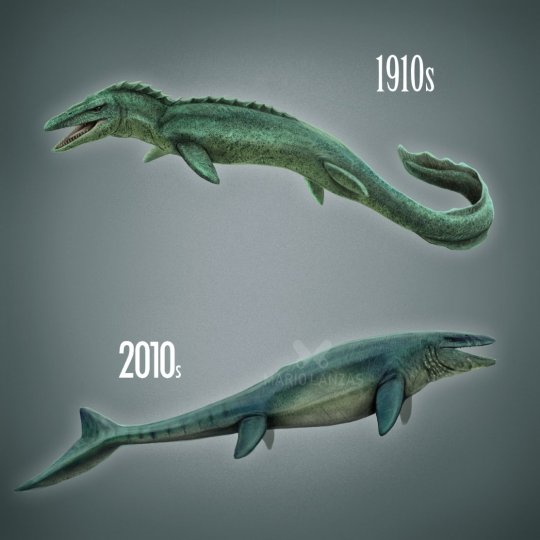
Example of how our perception of very different kinds of aquatic animals changed as more discoveries were made over the decades
Basilosaurus (cetacea) Paleogene / Elasmosaurus (Sauropterygia) Cretaceous / Mosasaurus (Squamata) Cretaceous
Many more examples in my videos dedicated to this topic
__
Youtube channel
Instagram
Prints and more paleomerch
5K notes
·
View notes
Text

#vintage paleoart#flying possums!#the ones in the background look pretty much correct#he just made the necks a little too sproingy#and there's something to be said for filling out the body with flesh and feathers/padding instead of 'shrinkwrapping'
20K notes
·
View notes
Text
Crystal Palace Field Trip Part 1: Walking With Victorian Monsters

The Crystal Palace Dinosaurs take their name from the original Crystal Palace, a glass-paned exhibition building originally constructed for a World's Fair in Hyde Park in 1851.
In 1854 the structure was relocated 14km (~9 miles) south to the newly-created Crystal Palace Park, and a collection of over 30 life-sized statues of prehistoric animals were commissioned to accompany the reopening – creating a sort of Victorian dinosaur theme park – sculpted by Benjamin Waterhouse Hawkins with consultation from paleontologist Sir Richard Owen.
The Palace building itself burned down completely in 1936, and today only the ruins of its terraces remain in the northeast of the park grounds.

The Crystal Palace building then and now
Left image circa 1854 (public domain)
Right image circa 2011 by Mark Ahsmann (CC BY-SA 3.0)
Six sphinx statues based on the Great Sphinx of Tanis also survive up among the Palace ruins, flanking some of the terrace staircases. They fell into serious disrepair during the latter half of the 20th century, but in 2017 they all finally got some much-needed preservation work, repairing them and restoring their original Victorian red paint jobs.

———
…But let's get to what we're really here for. Dinosaurs! (…And assorted other prehistoric beasties!)
The "Dinosaur Court" down in the south end of the park still remains to this day, displayed across several islands in a man-made lake. Over the decades they've been through multiple cycles of neglect and renovation, and are currently cared for by the London Borough of Bromley (Crystal Palace Park Trust are due to take over custodial duties in September 2023), with promotion and fundraising assistance from organizations like Historic England and the Friends of the Crystal Palace Dinosaurs charity.
Just about 170 years old now, the Crystal Palace Dinosaurs represent fifteen different types of fossil creatures known to 1850s Victorian science, with only three actual dinosaur species featured. Although often derided for being outdated and very inaccurate by modern standards, they were actually incredibly good efforts at the time, especially taking into account that the field of paleontology was still in its very early days.
They also just have a lot of charm, with toothy grins and surprisingly dynamic poses.
Unfortunately on the day I visited in early August 2023 most of the statues were heavily obscured by plant growth, both on their islands and on the sides of the paths they can usually be viewed from. Since I'd seen images from about a month ago showing things being less overgrown, this was probably just some unlucky timing on my part coinciding with some explosive summer foliage growth.
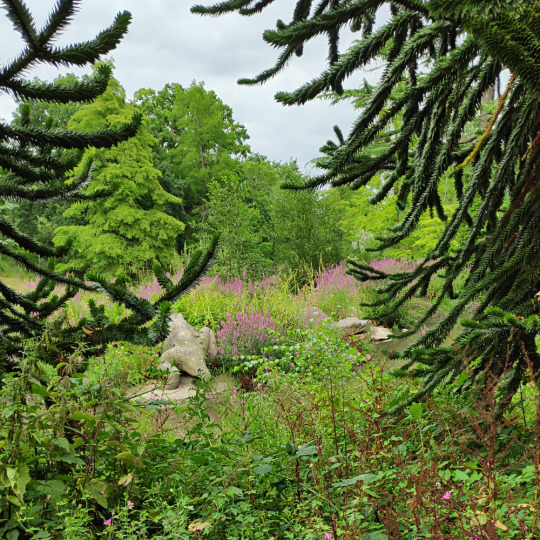
The first island on the trail features a few Permian and Triassic animals which were only known from fragmentary remains in the 1850s. These "labyrinthodonts" were recognized as having similarities to both amphibians and reptiles, and so were depicted with boxy toothy jaws, warty skin, stumpy tails, and long frog-like back legs.

Today we'd call these particular animals temnospondyl amphibians, specifically Mastodonsaurus, and we know they were actually shaped more like giant salamanders with longer flatter crocodilian-like jaws, smaller legs, and long paddle-like tails.

———

Somewhere in the foliage beyond this specific "labyrinthodont" there was also supposed to be a pair of dicynodonts, but I couldn't see much of them at all and didn't manage to get a remotely visible photograph.

Crystal Palace Dicynodon when much less overgrown
Left photo by London looks (CC BY 2.0)
Right photo by Loz Pycock (CC BY SA 2.0)
These Dicynodon are depicted as looking like sabre-toothed turtles complete with shells. That was fairly speculative even for the time, but considering only their weird turtle-beaked-and-walrus-tusked skulls were known it was probably the best guess Hawkins and Owen had. Today we know these animals were actually synapsids related to modern mammals, but Victorian understanding considered them to be a type of reptile.
Modern reconstructions of dicynodonts have a slightly different face shape, along with squat pig-like bodies and semi-sprawling limbs. They may have had fur, but currently the only known actual skin impressions from the genus Lystrosaurus show leathery bumpy hairless skin.

———
Next time: the Jurassic and Cretaceous sculptures!
#field trip!#crystal palace dinosaurs#retrosaurs#i love them your honor#crystal palace park#crystal palace#labyrinthodont#temnospondyl#mastodonsaurus#dicynodont#dicynodon#synapsid#paleontology#vintage paleoart#art
374 notes
·
View notes
Text
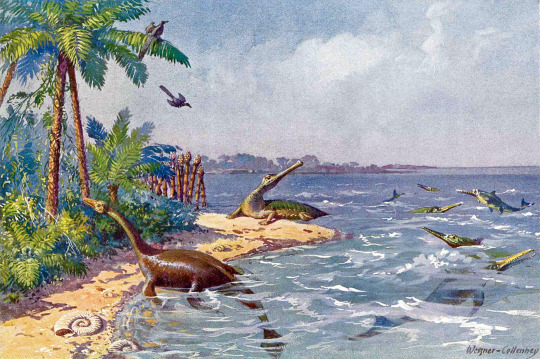
A historical depiction of the Late Jurassic Solnhofen Lagoon and its fauna by A. Wessner-Collenbey 1914
in E. Haase (1914): Tiere der Vorzeit [Animals of prehistoric times]. Published by Quelle und Meyer, Leipzig, 168 pages.
via Jan Fischer on Facebook
118 notes
·
View notes
Text
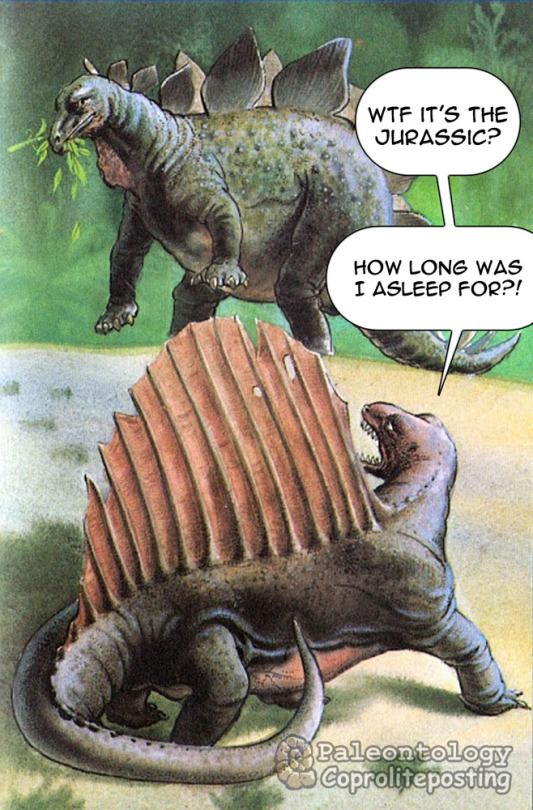
You'd think they wouldn't put an Early Permian synapsid in the same picture as a Late Jurassic dinosaur. You'd think wrong.
A Google image search confirmed this was originally an (allegedly) serious illustration for a book called Prehistoric Animals and Fossils, which was featured in Love in the Time of Chasmosaurs. The book also includes the most adorkable out-of-shape goofasaurus trying to catch the Jurassic bus. Go check it out, will ya?
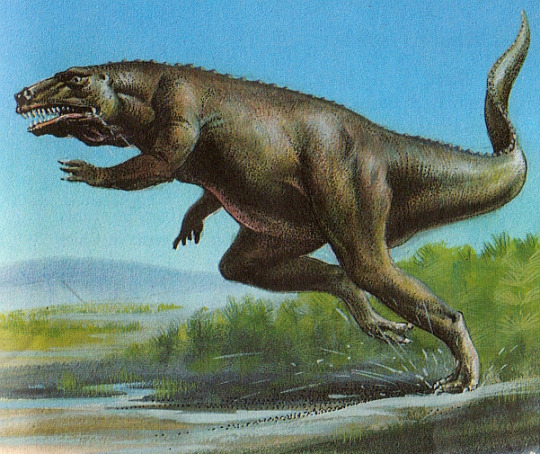
#anachronistic#dimetrodon#stegosaurus#dinosaurs#vintage paleoart#goofasaurus#love in the time of chasmosaurs#comic edit#coproliteposting
28 notes
·
View notes
Text
The Huntress
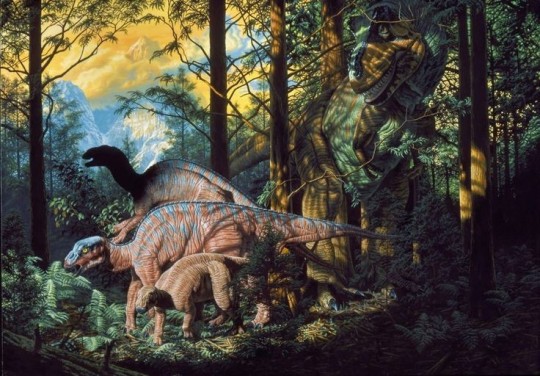
The reaper stalks so very close
A lurid red event lies in the coiled power of
This noiseless beast.
The blood will run like her swift feet.
But what of her quarry? How do they feel
When the reality of the situation
Is so far from their grasp?
Maybe they sense something,
A stirring of the ferns around them
Or perhaps a fetid exhalation
From she who stands invisible beside them.
Her name is Oblivion.
10 notes
·
View notes
Text

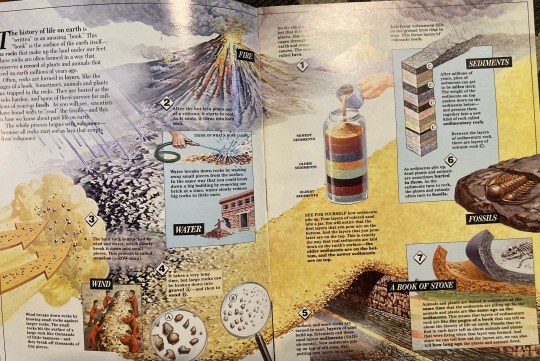


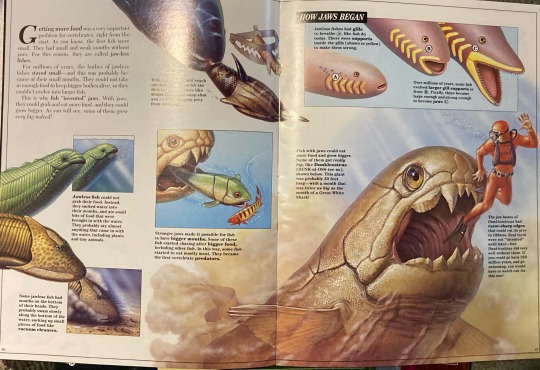




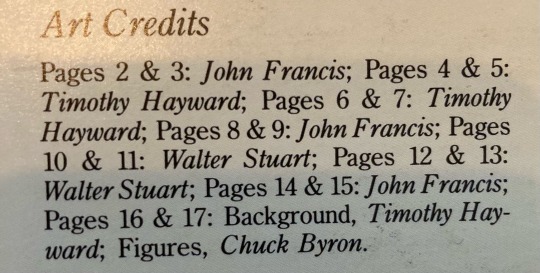
Just purchased MY CHILDHOOD!!
Single best "evolution for kids" books in the 1990s, these transformed my brain in to what it is today.
#paleo#vintage paleoart#zoobooks#evolution#science education#paleoart#books#this should explain alot#swearing on this instead of the bible#8 year old me reading this at Jiffy Lube while my mom gets the oil changed#totally tripping out
17 notes
·
View notes
Text






A 1990s Little Golden Book whose illustrations are incredible.
2 notes
·
View notes
Text
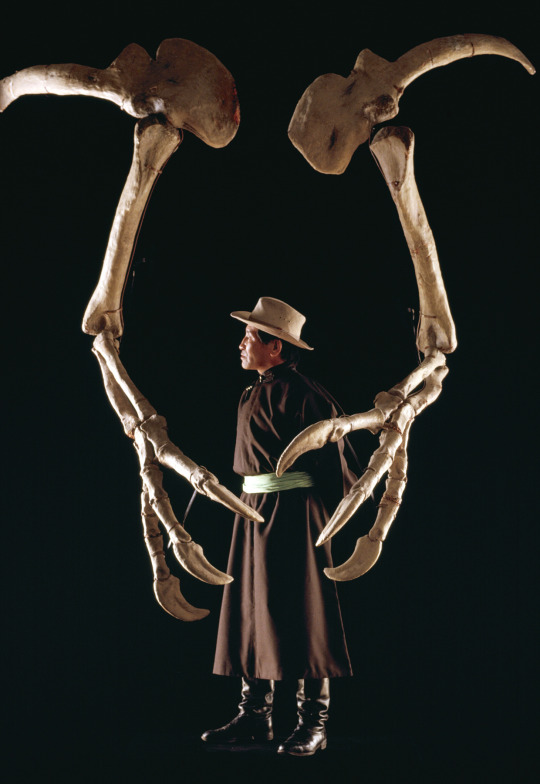

Short post of paleontologists absolutely slaying photo shoots with their discoveries. Please add more such images if you have them.
28K notes
·
View notes
Text

Welcome to Iguanostalgia!
My name is Andrew Knight, a self-practiced artist from Vermont with a passion for all manner of extinct life. Here, on Iguanostalgia, I review the media that defined my dinosaur-crazed childhood.
Despite growing up in a region so devoid of dinosaur remains, my childhood was filled with all sorts of prehistoric imagery - be it Jurassic Park or Dinotopia, Disney’s Dinosaur or the Land Before Time - dinosaurs were everywhere if you knew where to look.
My upbringing took place in the early 2000s and there was mostly paleoart lingering from the “Dinosaur Renaissance”, which was a trend in science spanning from the 1970s to the 1990s. It was a time when the image of sluggish, swamp-dwelling behemoths were becoming replaced with new art of active, warm-blooded animals that were just as dynamic and fascinating as modern species.
On Iguanostalgia I revisit the books, films, exhibits, artwork and other dinosaur-related memorabilia that influenced most of my life.
1 note
·
View note
Photo
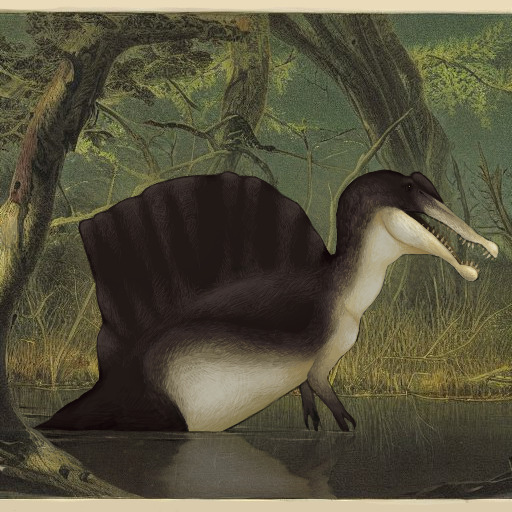
Vintage Spinosaurus
3K notes
·
View notes
Text
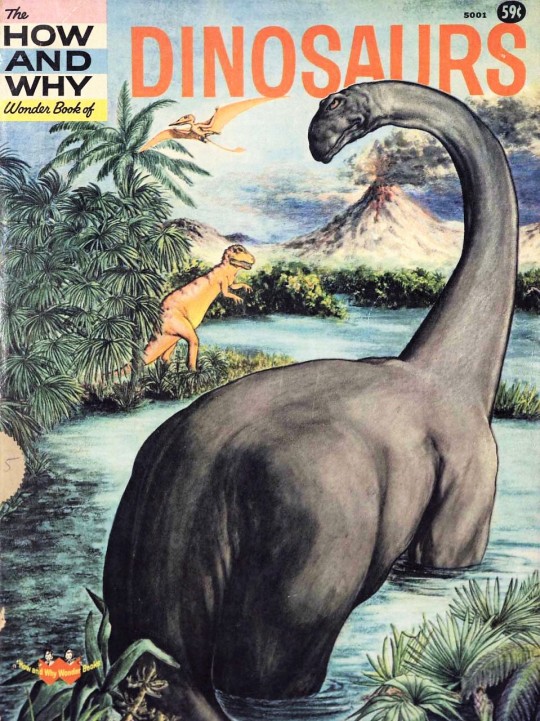
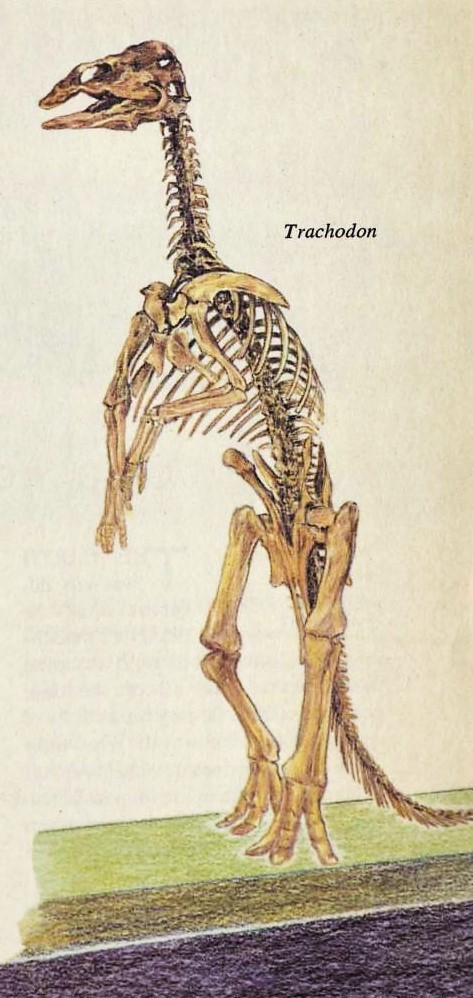
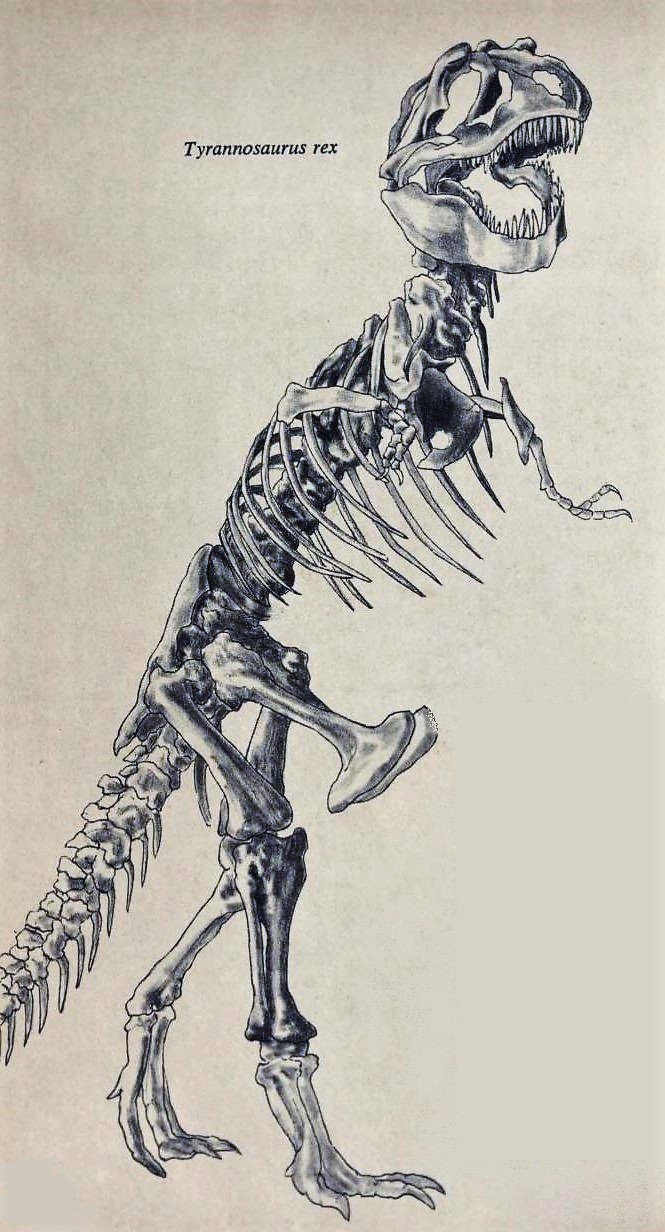
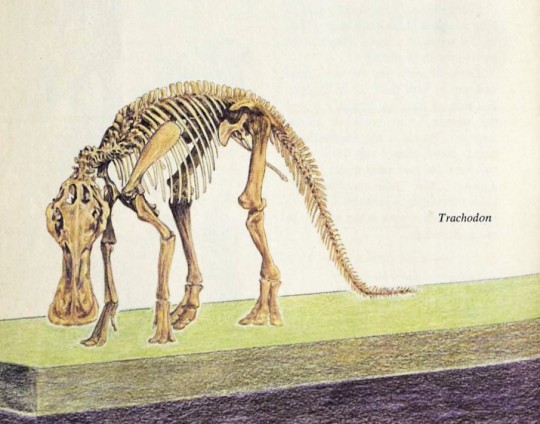
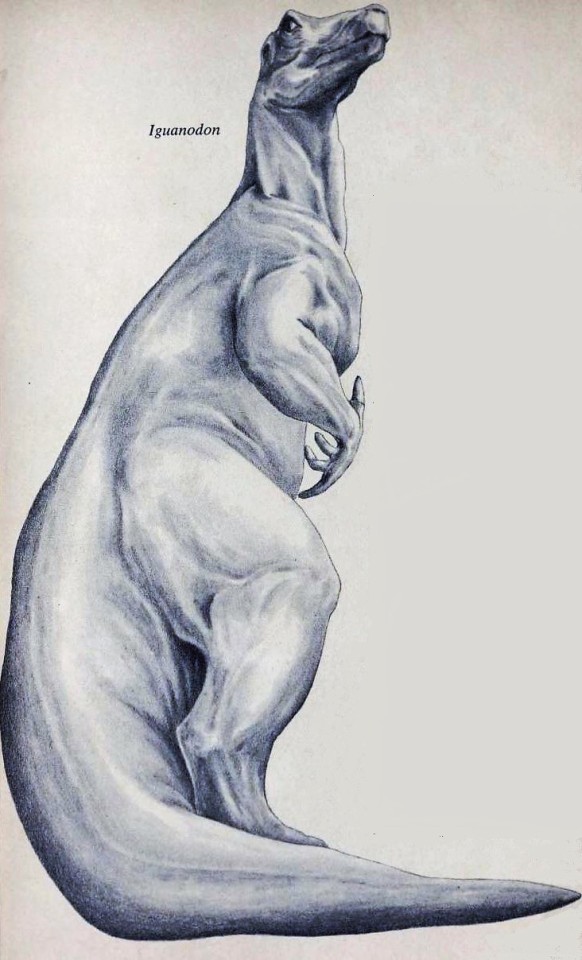
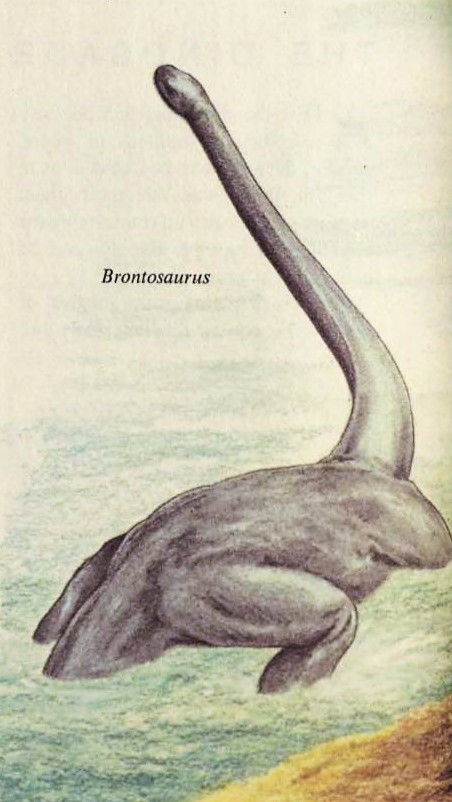
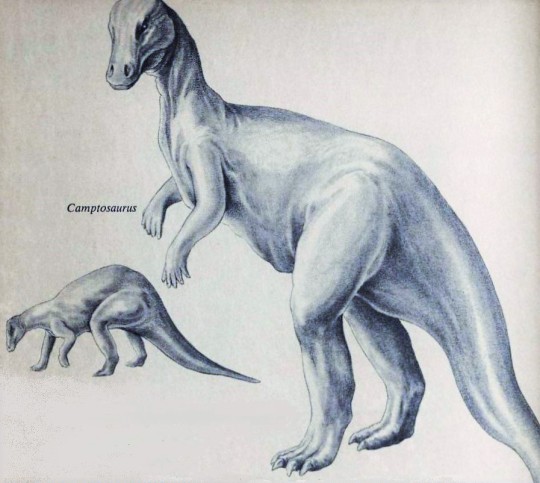
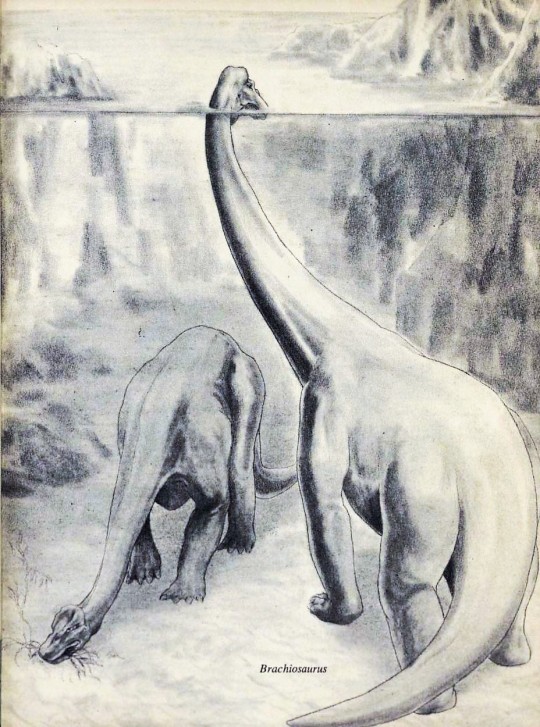
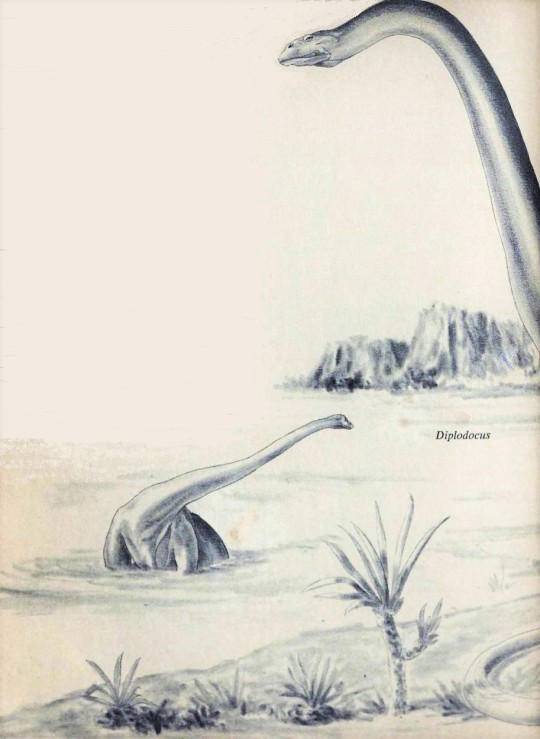

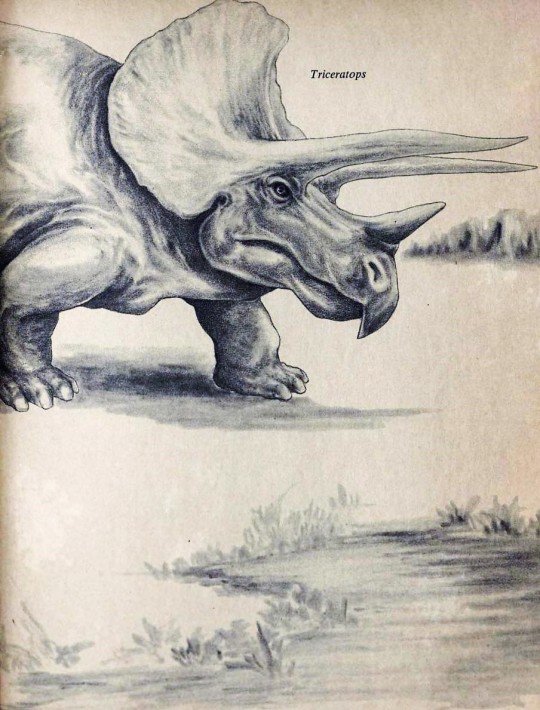
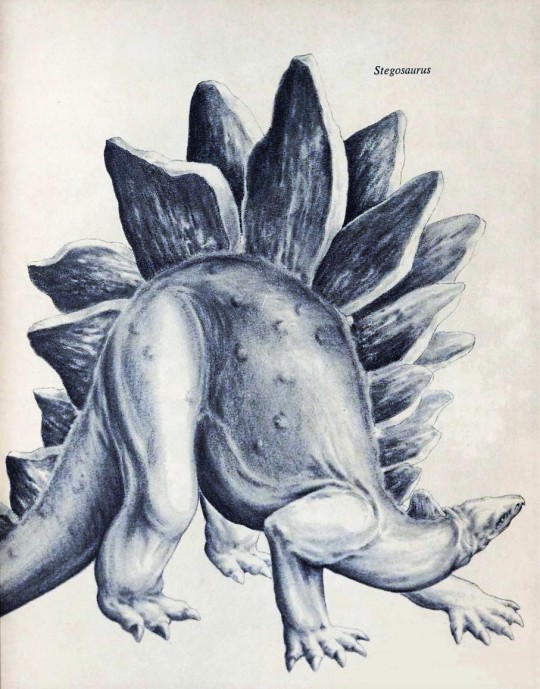
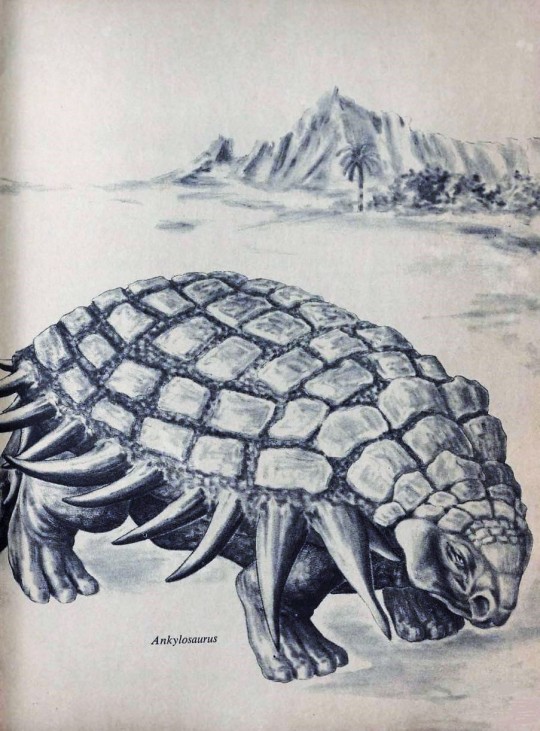
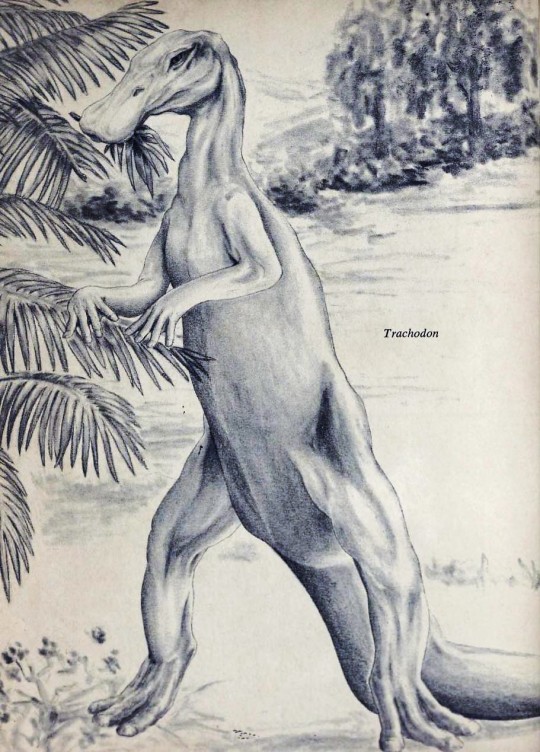
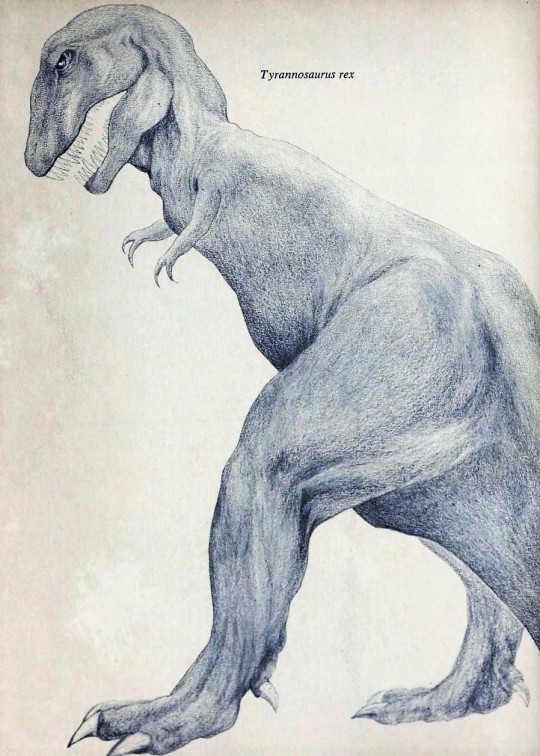
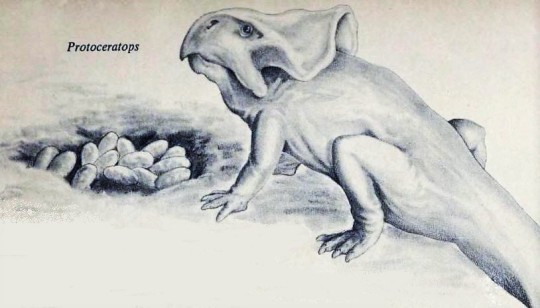
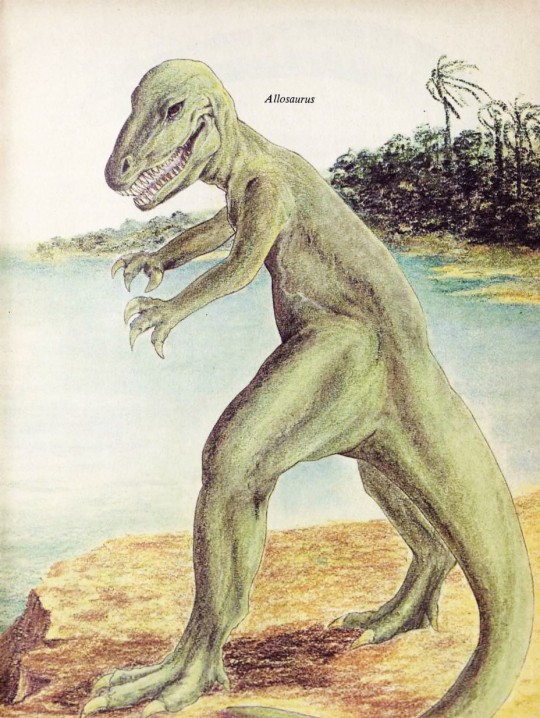
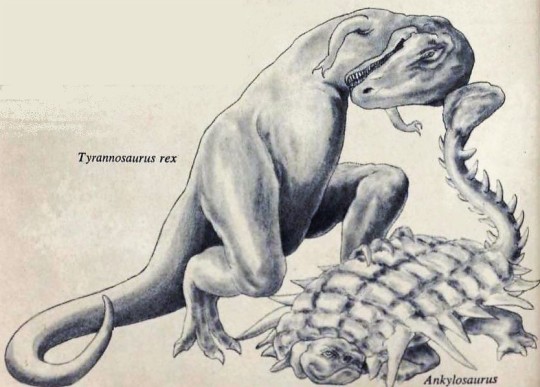
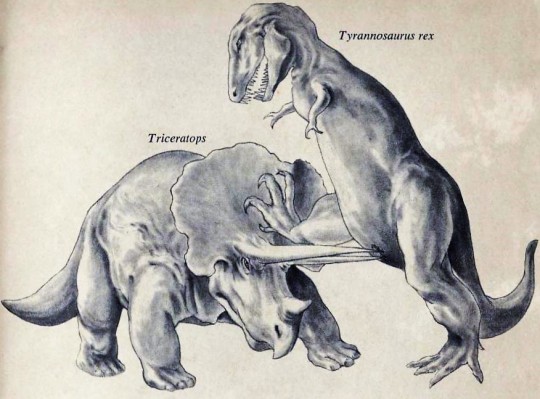


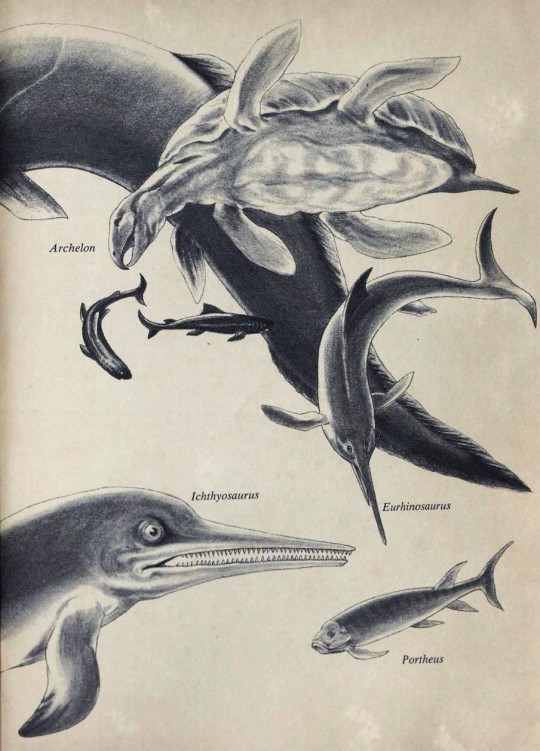

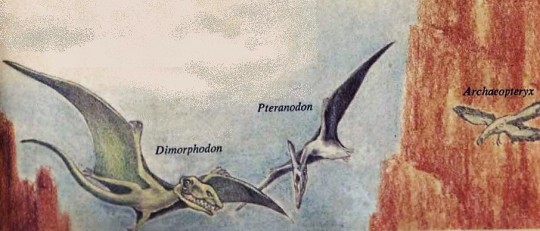
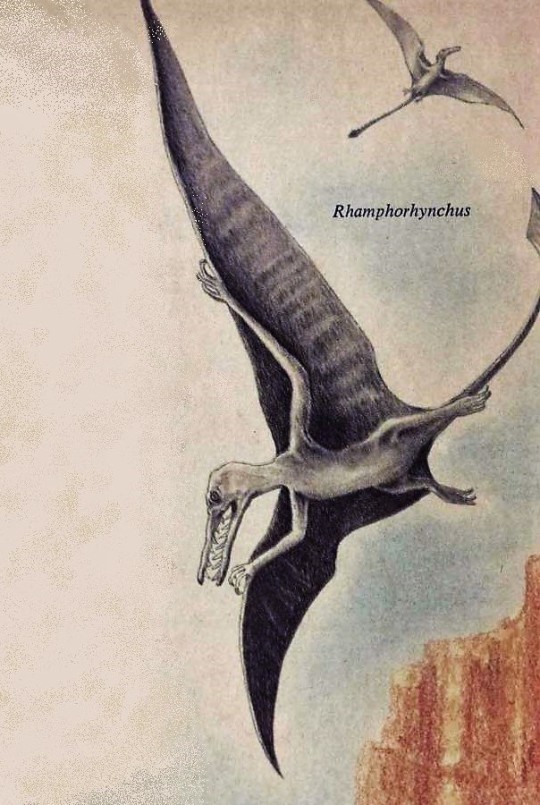
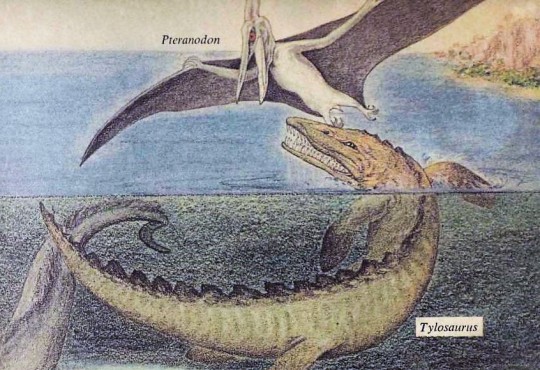


The How and Why Wonder Book of Dinosaurs - art by Kenyon Shannon (1960)
#kenyon shannon#the how and why wonder book of dinosaurs#vintage dinosaur art#jurassic#paleoart#wonder books#darlene geis#triassic#cretaceous#paleontology#children's books#tyrannosaurus#brontosaurus#triceratops#sixties#1960
813 notes
·
View notes
Text

11/10/23
#dinosaur toy#dinosaur#field museum#art#painting#scientific illustration#oil painting#paleontology#original art#paleoart#vintage dinosaur#🦖#tyrannosaurus rex
54 notes
·
View notes
Text
Crystal Palace Field Trip Part 3: Walking With Victorian Beasts
[Previously: the Jurassic and Cretaceous]
The final section of the Crystal Palace Dinosaur trail brings us to the Cenozoic, and a selection of ancient mammals.
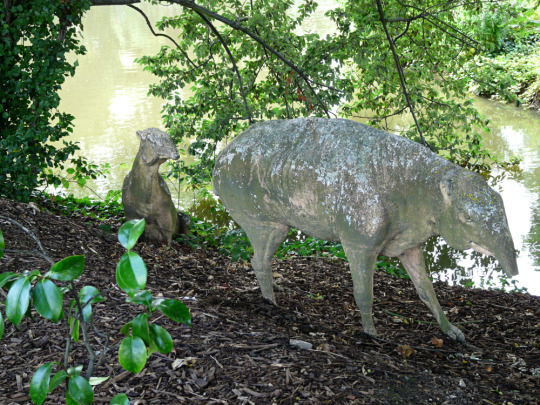
Image from 2009 by Loz Pycock (CC BY-SA 2.0)
Originally represented by three statues, there are two surviving originals of the Eocene-aged palaeotheres depicting Plagiolophus minor (the smaller sitting one) and Palaeotherium medium (the larger standing one).
The sitting palaeothere unfortunately lost its head sometime in the late 20th century, and the image above shows it with a modern fiberglass replacement. Then around 2014/2015 the new head was knocked off again, and has not yet been reattached – partly due to a recent discovery that it wasn't actually accurate to the sculpture's original design. Instead there are plans to eventually restore it with a much more faithful head.
These early odd-toed ungulates were already known from near-complete skeletons in the 1850s, and are depicted here as tapir-like animals with short trunks based on the scientific opinion of the time. We now think their heads would have looked more horse-like, without trunks, but otherwise they're not too far off modern reconstructions.
There was also something exciting nearby:

The recently-recreated Palaeotherium magnum!
This sculpture went missing sometime after the 1950s, and its existence was almost completely forgotten until archive images of it were discovered a few years ago. Funds were raised to create a replica as accurate to the original as possible, and in summer 2023 (just a month before the date of my visit) this larger palaeothere species finally rejoined its companions in the park.
Compared to the other palaeotheres this one is weird, though. Much chonkier, wrinkly, and with big eyes and an almost cartoonish tubular trunk. It seems to have taken a lot of anatomical inspiration from animals like rhinos and elephants, since in the mid-1800s odd-toed ungulates were grouped together with "pachyderms".
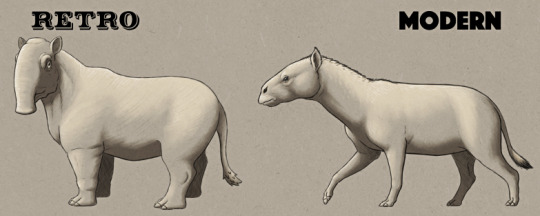
———
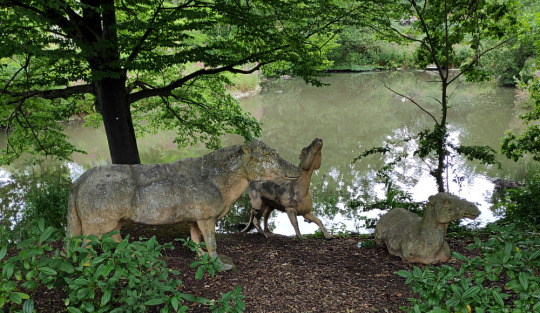
Next is Anoplotherium, an Eocene even-toed ungulate distantly related to modern camels.
(Apparently the sculpture closest to the water is a replica of a now-lost original, recreated from photo references in the same manner as the new Palaeotherium magnum. I can't find a definite reference for when this one was done, though – I'd guess probably during the last round of major renovations in the early 2000s, at the same time as the now-destroyed Jurassic pterosaur replicas?)
Anoplotherium commune is a rather obscure species today, but it was one of the first early Cenozoic fossil mammals to be recognized by science in the early 1800s. Depicted here as small camel-like animals, the three statues are positioned near the water's edge to reflect the Victorian idea that they were semi-aquatic based on their muscular tails.
Today we instead think these animals were fully terrestrial, using their tails to balance themselves while rearing up to reach higher vegetation. Their heads would also have looked a bit less camel-like, but otherwise the Crystal Palace trio are still really good representations.
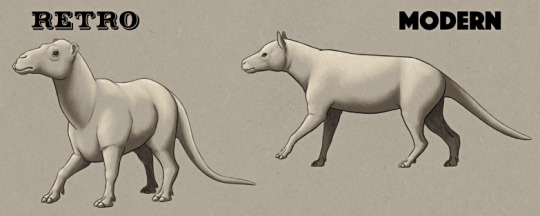
———

Next is a sculpture that's very easy to miss in the current overgrown state.
Who's that peeking over the bushes?
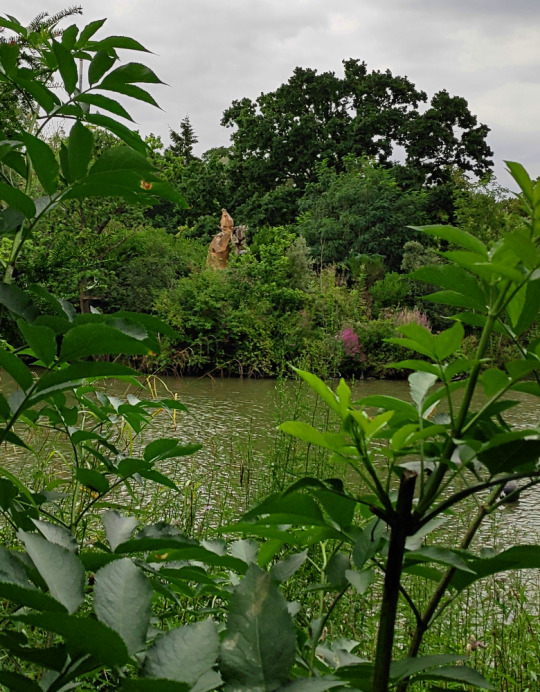
Going all the way around to the far side of the lake reveals a distant glimpse of the Pliocene-to-Holocene giant ground sloth Megatherium.
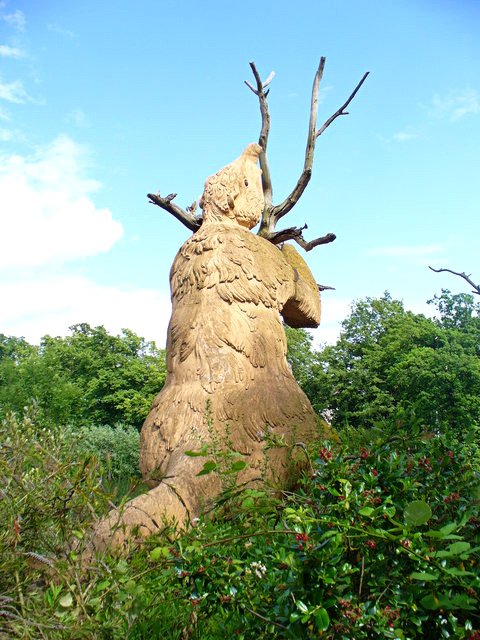
A better view of the Megatherium | "Tree Hugger" by Colin Smith (CC BY-SA 2.0)
Fossils of Megatherium americanum had been known since the late 1700s, but the 1854 Crystal Palace statue was still one of the first life reconstructions of this animal. Its anatomy is actually very close to our modern understanding, depicted with correctly inward-turned feet and sitting upright to feed on a tree with its tail acting as a "tripod".
However, we now know it didn't have a trunk-like nose, but instead probably had prehensile lips more like those of a modern black rhino.
Something weird also appears to have happened to the Crystal Palace Megatherium's hands. Early illustrations of the sculpture all consistently show it with the typical long claws of a sloth, but today it's missing its right hand and its left has only a strangely stumpy paw – suggesting that at some point in the intervening 170 years there was an unrecorded crude repair.
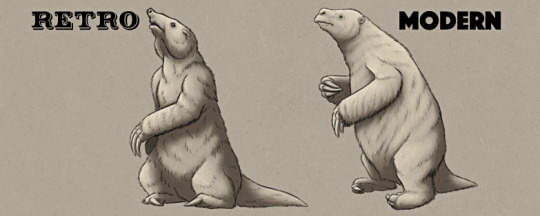
———
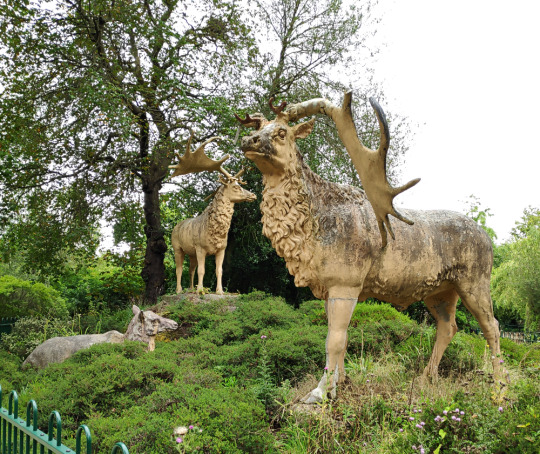
And finally we end the trail with three Megaloceros, the Pleistocene-to-Holocene "Irish Elk" that's actually neither exclusively Irish nor an elk.
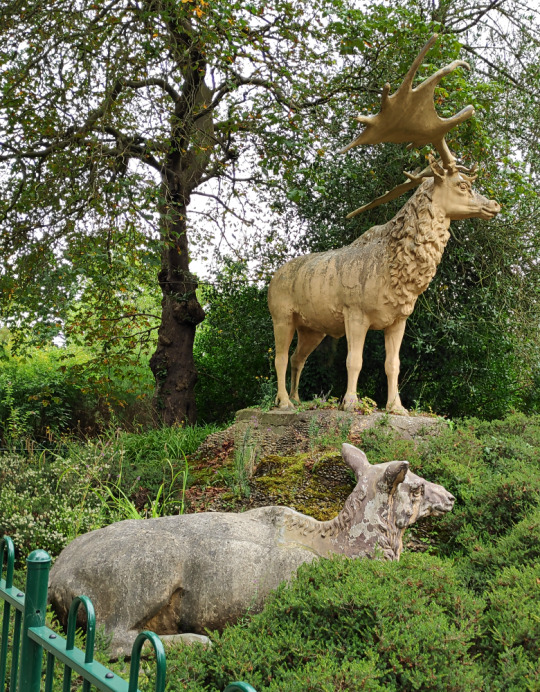
A closer look at the second stag and the doe.
There was originally a fourth giant deer sculpture in this herd, a second resting doe, but it was destroyed sometime during the mid-20th century. The stags also initially had real fossil antlers attached to their heads, but these were removed and replaced with less accurate versions at some point by the mid-20th century.
One of the stags' antlers suffered some damage in 2020, ending up drooping, and since then one antler has either fallen off or been removed.
In the 1850s Megaloceros giganteus was thought to be closely related to deer in the genus Cervus, and so the Crystal Palace reconstructions seem to be based on modern wapiti – specifically in their winter coats, fitting for ice age animals – since both the stags and the doe sport distinctive thick neck manes.
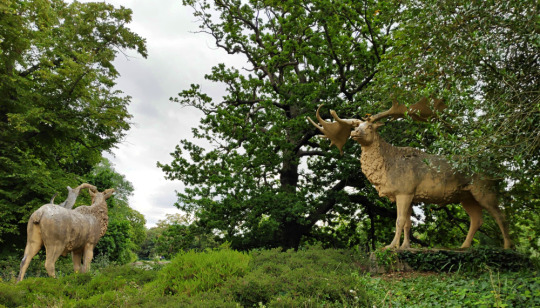
The stags from the other side.
We now know Megaloceros was actually much more closely related to modern fallow deer, and so probably resembled them more than wapiti. Cave art also shows that it had a hump on its shoulders, and even gives us an idea of what its coloration was.
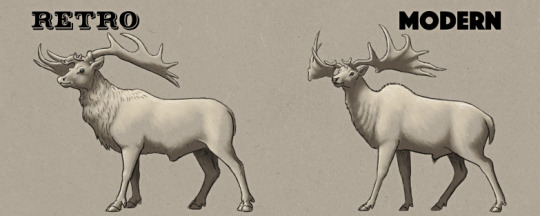
———
…But wait!
There's actually one more thing.
A small statue sitting on the far side of the deer herd, missing its ears, and seemingly representing a Megaloceros fawn.
Except it's actually something very different and very special.
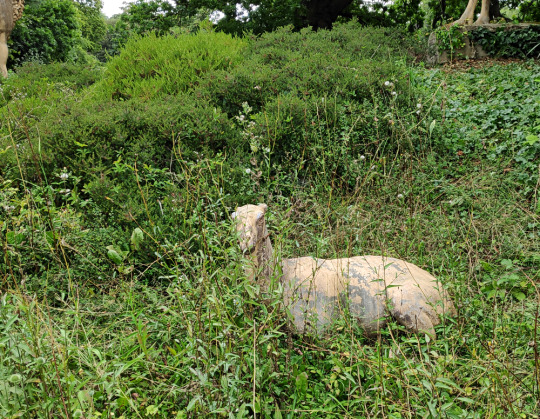
Ceci n'est pas un cerf.
Some recent investigation work revealed some surprising information about the Crystal Palace mammal statues – much like the nearly-forgotten large Palaeotherium, there was originally an entire group of four small Eocene-aged llama-like Xiphodon gracilis that had disappeared from living memory.
There was also no historic record of a fawn with the giant deer, but instead a suspiciously similar-looking sitting sculpture is illustrated among what we now known are the four missing Xiphodon in early records.
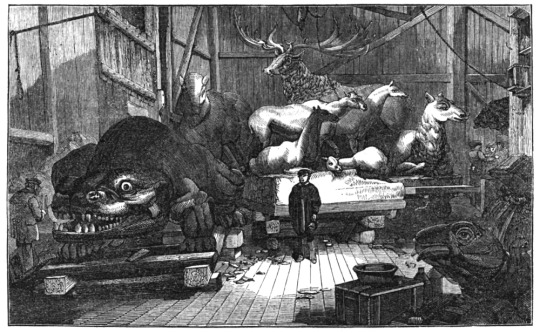
An 1853 illustration of the sculpture workshop. The four Xiphodon are shown in the center, directly in front of a Megaloceros stag and doe. (public domain)
Somewhere in the late 19th or early 20th century three of the Xiphodon must have been completely lost, and the remaining individual was misidentified as a fawn and placed with the giant deer herd.
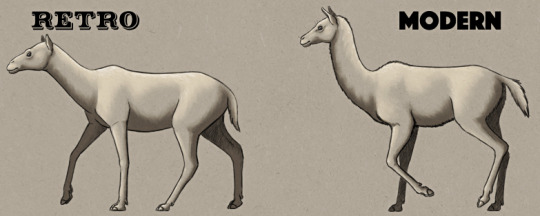
———
Rediscovering a whole extra species among the Crystal Palace statues is exciting, but it also demonstrates just how much of these sculptures' history has gone completely undocumented.
The mammal statues especially seem to have suffered the most out of the "Dinosaur Court", being often overlooked, neglected, disrespected (at one point the Megatherium was inside a goat pen in a petting zoo!), and subjected to cruder repairs. A total of five original statues are now known to be missing from this Cenozoic section – the original large Palaeotherium, the three other Xiphodon, and the second Megaloceros doe – compared to the two pterosaurs lost from the Mesozoic island.
Hopefully the excellent recreation of the lost Palaeotherium magnum is the start of a long overdue new lease of life and conservation attention for all of the Crystal Palace sculptures. It was disappointing seeing them all in such an overgrown state, and with signs of ongoing disrepair in places such as the plant growing out of the big ichthyosaur's back.
But there has been some resurgence of interest and public attention in the Crystal Palace sculptures over the last few years, so with any luck these historic pieces of early paleoart will survive on to their 200th anniversary and beyond, to keep on reminding us of where things began and how far our understanding of prehistoric life has since come.
#field trip!#crystal palace dinosaurs#retrosaurs#i love them your honor#crystal palace park#crystal palace#palaeotherium#anoplotherium#xiphodon#ceci n'est pas un cerf#megaloceros#ungulate#megatherium#ground sloth#mammal#paleontology#vintage paleoart#art#proper art post tomorrow#this took longer than expected#also apologies for my potato-quality camera#i'm an illustrator not a photographer
321 notes
·
View notes
Text
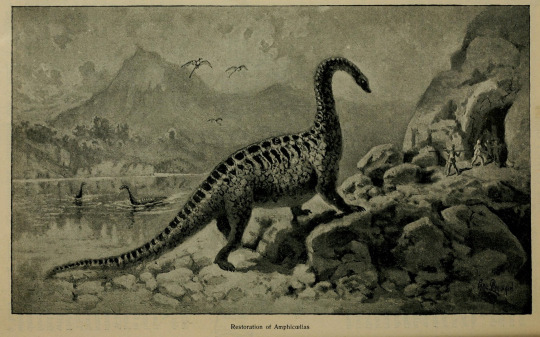
Amphicoelias by Carl Dahlgren, 1891
https://archive.org/details/californian118911892hold/page/n643/mode/2up
Courtesy Mark Witton on Facebook
12 notes
·
View notes
Text
Announcing Woodward Wednesdays

I have for a while wanted to post paleoart by the regrettably underappreciated early paleoartist, illustrator and a pioneer of females in paleoart, Alice B. Woodward. I originally planned a big post for International Women's Day, but my inability to keep on schedule scuttled those plans.
To make up for that mistake, I'm announcing a recurring weekly theme: Woodward Wednesdays! I'll be sharing some select works by Alice Woodward that I've been trying to clean up and retouch from old scans of books, so they won't be quite on par with scanned or photographed originals, which if exist are behind paywalls. Hopefully they'll be some of the best freely available versions of her works anyway.
As a taster of things to come, I want to kick things off with three rarely reproduced images from Evolution in the Past by Henry R. Knipe, from 1912.

This untitled illustration faces the title page, and is more symbolic than realistic, but showcases Woodward's talent more generally as an illustrator.

Titled "Silurian Marine Life" this piece almost feels like a still life, and simultaneously could be a neat little museum diorama. Also that orthocone is strangely adorable.

While it's Woodward's work on dinosaurs that most usually gets remembered in our time, she also illustrated both Paleozoic and Cenozoic life, perhaps more than Mesozoic taxa. This piece features Inostrancevia hunting pareiasaurs from the water, a highly dynamic scene the like of which I do not believe I've seen in paleoart either from this era or after.
17 notes
·
View notes